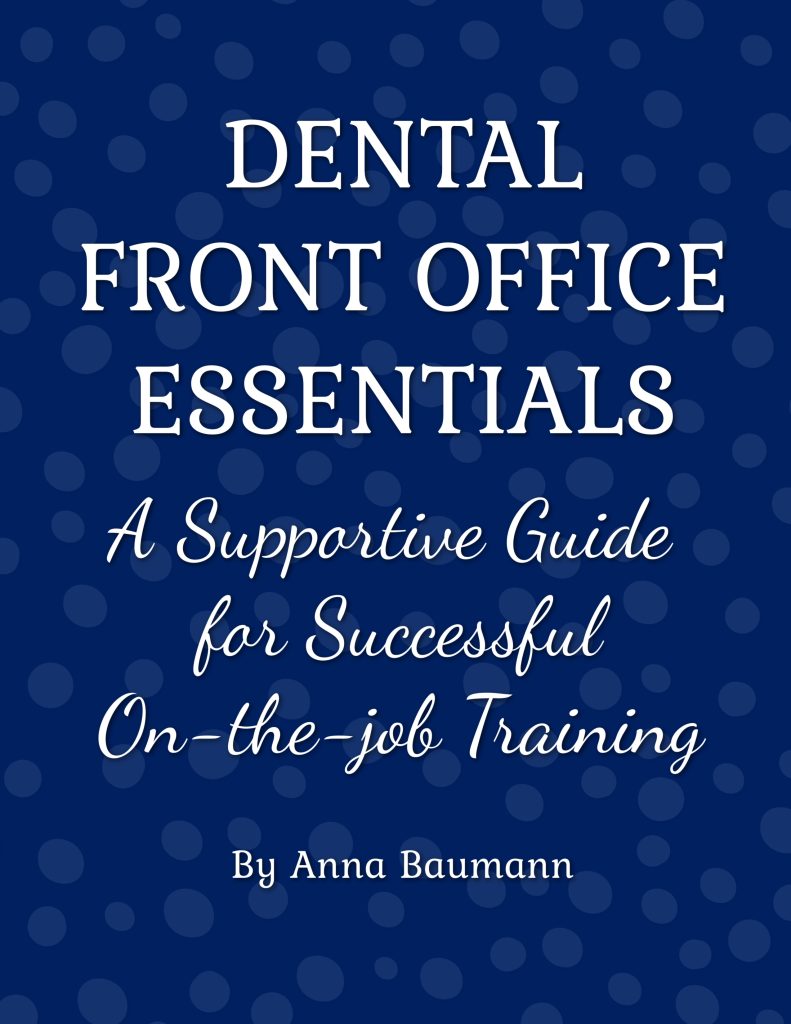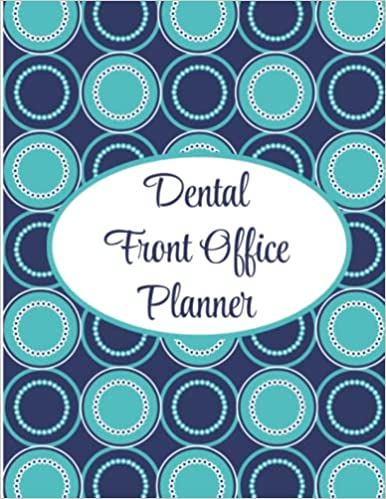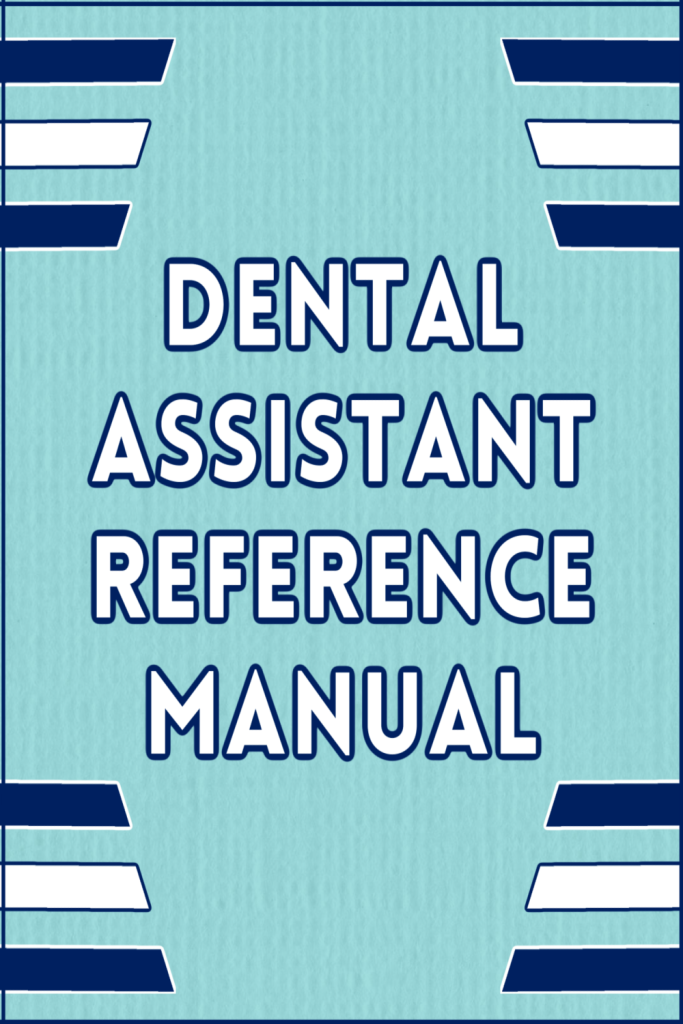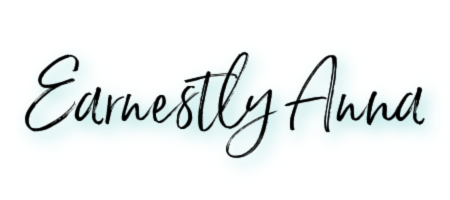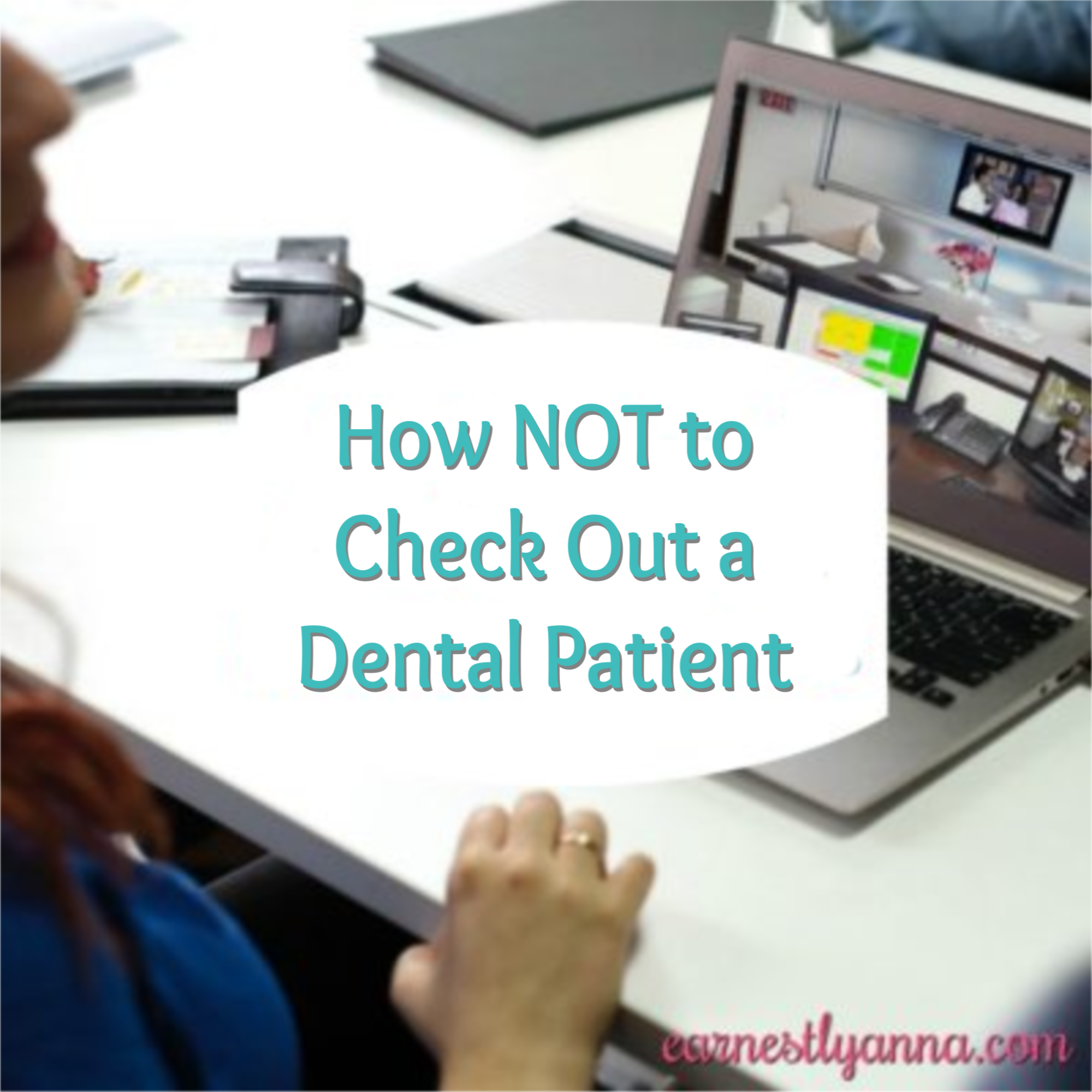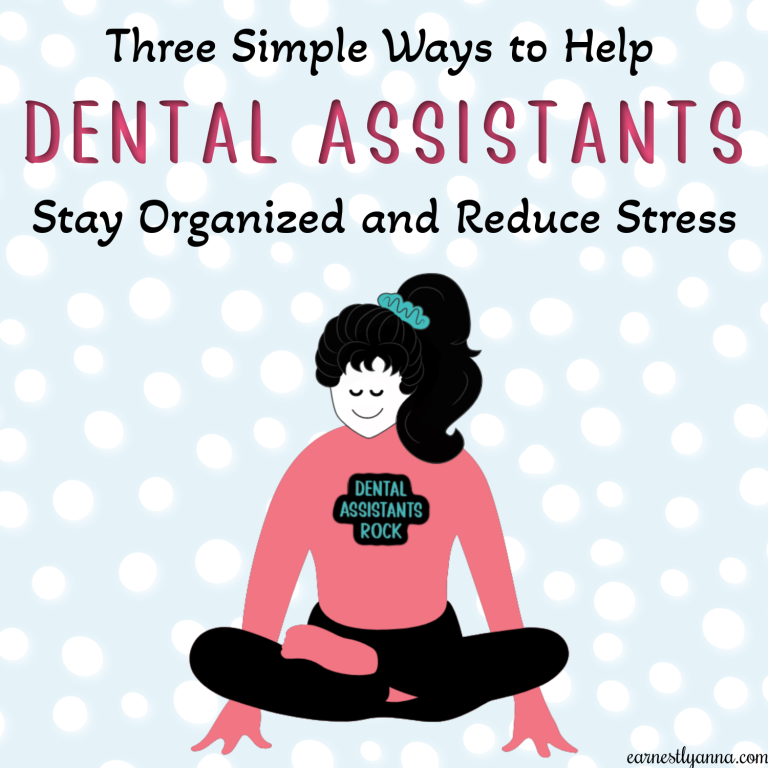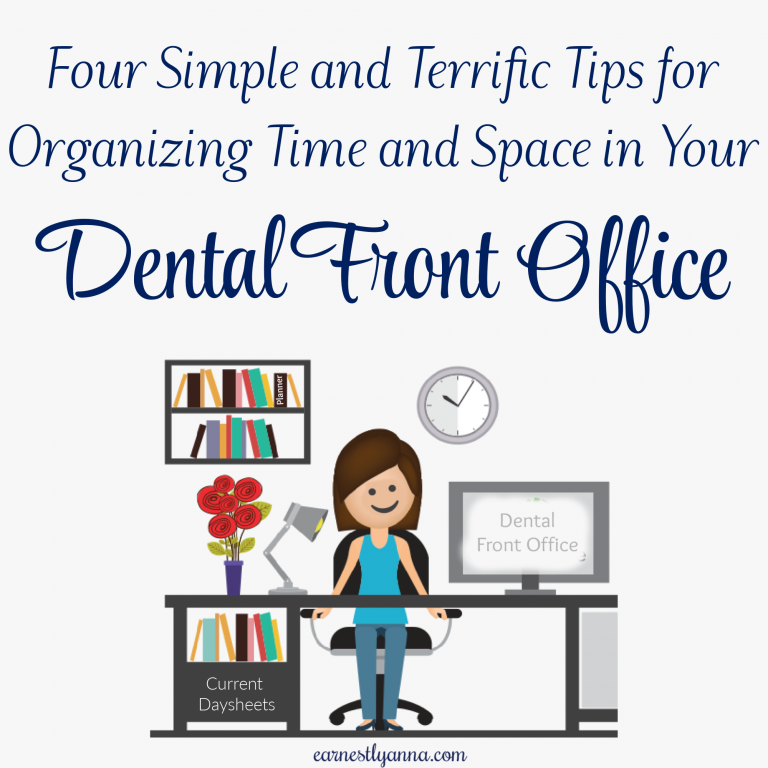How NOT to Check Out a Dental Patient
Every dental office has a patient check-out system. I currently manage a small office and am the only person at our front desk. My system is simple. I ask everyone to walk their patient up and tell me what they did and what the patient needs next. If I’m already with a patient, they should have theirs take a seat out in the reception area until I’m free. That way each patient has their time with me privately, and things flow well. Pretty straightforward. But definitely not foolproof! I’m not sure what, but strange things happen between the operatory and the front desk. So I want to remind everyone of how NOT to check out a dental patient.
Do NOT let the patient wander up alone.
They stroll up from the clinic all alone. Then it’s, “Hi. I’m all done.” Fabulous! Who are you and what are you done with?
If you’re a Doctor, Assistant, or Hygienist, you help all of the patients on your schedule. But up at the desk, we help all of the patients on all of the schedules. Plus everyone who calls. That’s a lot of names, places, people, and, treatment to keep track of. I do my best but my superpowers don’t always allow me to immediately connect a patient’s face with who they saw, and what they came in for. And things change all the time! Even if I know the patient’s name and there’s treatment attached to their appointment, I have no idea what actually happened back there unless someone tells me!
This is just as frustrating for the patient. Even though they’ve wandered up alone, they assume I have all of the information I need to help them. They really don’t like when I leave them standing at the desk to go get information or have to wait for someone to answer a page. I know this is true because I’m the one that hears their sighs and sees their eye rolls.
So my clinical friends, please remember that your job doesn’t end the second you remove the patient’s bib. I know you’re concerned about staying on schedule, and possibly extra eager to be rid of some of them 🙂 . But please, give them the smooth release they deserve.
Do NOT hand off a patient to someone who is with a patient.
And FYI, if I’m on the phone with a patient, I’m with a patient!
I think this one frustrates me the most. We have a great team. These people are well-educated and intelligent. So why can’t they understand that, just like them, I can only help one patient at a time?
I’ve tried to explain it. I’ve even tried to frighten them with stories of privacy laws and the HIPAA police. They know what they’re supposed to do. But at least once a day someone’s brain shuts down and they “forget”. They’ll walk right behind the desk, stand next to me, and allow their patient to stand right next to the one who’s already there. Or, they just walk the patient up and say goodbye. (Which means that patients are now standing in line like we’re at Costco.) If I’m on the phone, the same thing. They leave the patient staring at me over the desk until I finish the call. The best is when the patients consult with each other on what they overhear. “Oh, you need a root canal? I had one of those once. Poor you!”
Once I realize that someone’s brain has shut down I interrupt the patient I’m helping, and ask the new arrival to have a seat in the reception area. But what I really want to do is show my team what they’re doing! Like instead of having their patients wait in the reception area after they check in, I’ll bring them directly back to the operatory. “They’ll be right with you Mrs. Patient! You just stand right there in the doorway and stare at them until they finish up with their current patient.” Oh but wait, wouldn’t it be CRAZY to bring them a patient when they’re already with a patient? YES! Yes, it would be crazy!
Do NOT use check-out time to have a gabfest with your patient!
This is not the time to pull out your phone and show them pics of your kids, dog, and trip to Disney. I’m all for bonding with our patients. But do it during your time with them.
I’ll pause here, because I know I sound like I’m picking on the clinic. But really, I’m not because I’ve been there myself. When I was a Dental Assistant, my Office Manager once told me that the patient checkout she hated most, was when I brought up a patient. She said I spent too much time talking with them at the desk. I gave her the information she needed, but I took way too long to do it.
At first, I fluffed it off. She was just being mean and petty. But then she pointed out that she doesn’t work on a schedule like me. Her next patient could walk up or call at any minute, and she needed to be ready. So the chit-chat that I thought was me just being nice, was actually stressing her out. I felt really bad that I’d been giving her anxiety without knowing it. After that, I made a real effort to wrap up the chatter before I reached the desk.
I like to use that experience as an example because when I look back, I’m proud of both of us. She had the confidence and courage to confront me with something that was bothering her. And I had the humility and empathy to listen and change my actions. At that moment, we were a poster team for a drama-free office!
How to create the best patient check-out experience
Streamline your system.
Check-out is not the same in every office because every office is not the same. You might need staff to release patients to different areas depending on what they need, or which provider they saw. You’ll adjust the flow for privacy based on your office size and layout. There are many things to consider and it’s important to get this right. A shaky check-out routine creates a stressful environment. This is what staff meetings are for. Talk it out. Make a plan. Then ensure that everyone understands the plan and sticks to it!
Choose a communication style.
There are a lot of different ways to get patient check-out information from the clinic to the front; talking, routing forms, paging, notes, and your software messaging system. Choose the one that works best for your practice.
This is harder than it seems because whether it’s a personal preference or a comfort zone, we all have different ways of expressing ourselves. Whatever you choose, some team members will have a hard time with it. So be there for them with extra training and support. Everyone has to be on the same page about this because we all know how messy things get when the clinic and the front don’t speak the same language.
Say thank you.
When a clinical team member hands off a patient to you, thank them. Use their name and say, thank you. This does two things. One, it shows the team member that you appreciate them. Grant it, they’re doing their job. But it makes your job easier when they do it properly. So let them know that with a simple, thank you. Two, it gives patients a sense of security. They’re in a place where the staff not only gets along, but they communicate well and appreciate each other. They’ll associate their last moments in your office with competence, kindness, and positive energy.
I hope you’re able to use some of this to improve your staff and patient experience during check-out. It really all boils down to having good communication; with your patients, and with each other.
“The single biggest problem in communication is the illusion that it has taken place” ~ George Bernard Shaw
